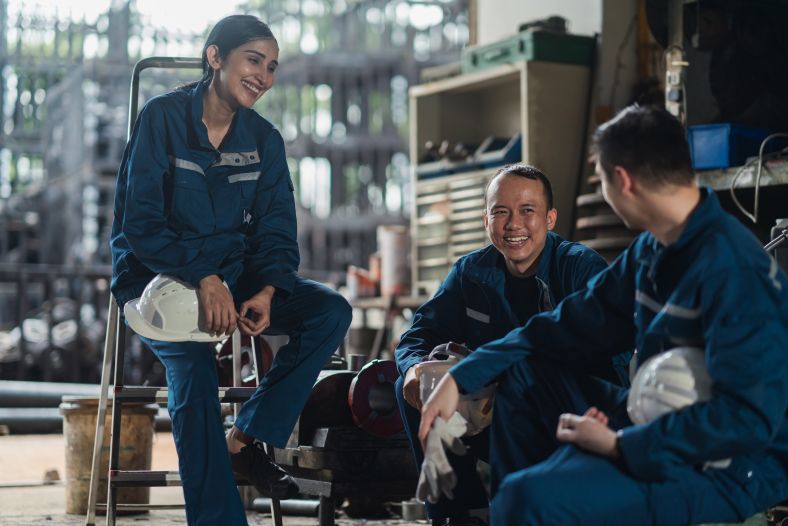1 in 3 Australians have experienced sexual harassment at work in the past 5 years, according to a 2022 Australian Human Rights Commission report.
Sexual harassment occurs in every industry and at every level, regardless of business size.
Businesses are responsible for health and safety in their workplace – including preventing sexual harassment.
Information for workers and businesses

Respect at work strategy
This strategy sets out SafeWork NSW’s four-year plan for the prevention of gender-based harmful behaviours across NSW workplaces, with an initial focus on sexual harassment.
Download and read the:
Stay in touch
Join the Respect at work mailing list for practical tips and the latest guidance.
